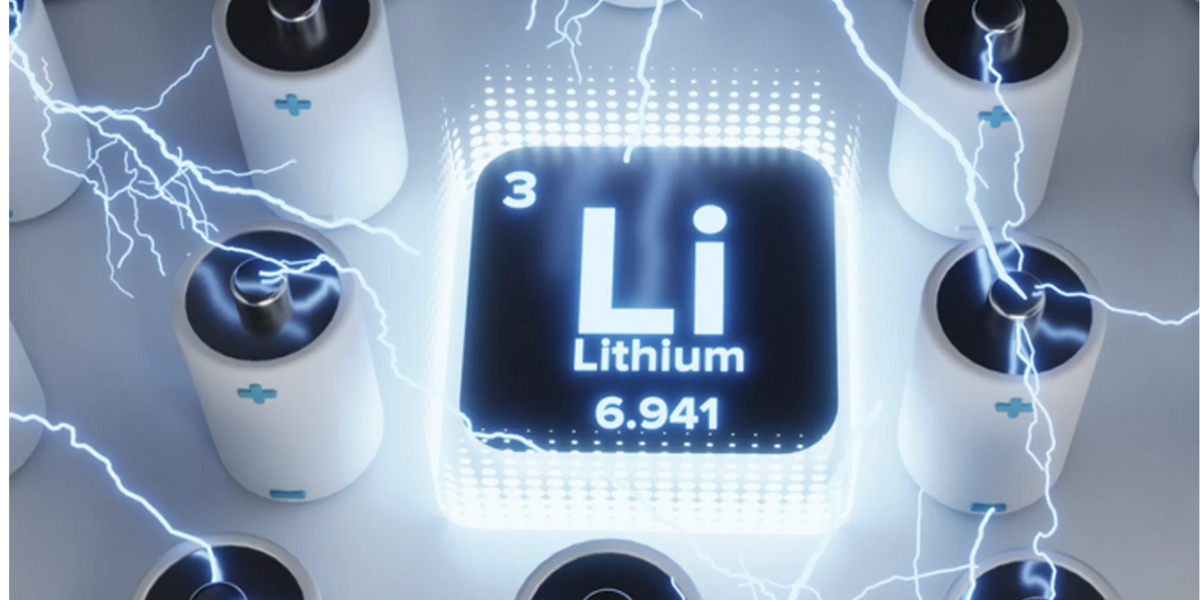Lithium demand is set to grow this decade as the need for batteries to power electric vehicles and energy storage systems increases.
Investors’ interest in the battery metal is also picking up pace, and Fastmarkets’ Lithium Supply and Battery Raw Materials conference had record attendance this year. Reaching its 15th anniversary, the event saw more than 1,000 participants gather in Las Vegas from June 20 to 23 to learn more about the lithium industry and other key battery raw materials.
Here the Investing News Network looks at five key themes discussed at the show that investors should keep an eye on in 2023.
1. Strong battery demand ahead
Demand for lithium-ion batteries is expected to keep growing throughout this decade — according to Fastmarkets, demand for batteries is expected to reach 5 terawatt hours by 2023. That translates into 10 million metric tons of key battery raw materials, including lithium, graphite and manganese.
When it comes to the cathode chemistries that will remain dominant in the next 10 years, the firm believes nickel-cobalt-manganese (NCM) will continue to lead. By 2030, lithium-iron-phosphate (LFP) cathodes will see their share of the market increase to 35 percent, while new chemistries such as sodium ion will account for about 9 percent of global market share.
“When we’re talking about chemistry, we need to have a notable understanding of material intensity and what that means for demand,” said Phoebe O’Hara, battery raw materials analyst at Fastmarkets, explaining that lithium intensity in LFP-based batteries is not the same as in their NCM-based counterparts.
2. US Inflation Reduction Act in focus
Last year, the US introduced the Inflation Reduction Act (IRA), and lithium producers at the event said the legislation has so far had a positive impact on the industry.
“We’ve seen a massive mobilization to build a supply chain in the US,” Eric Norris of Albemarle (NYSE:ALB) told the audience in Las Vegas. “The challenges are that the rules are still being interpreted in some regards. Not everything is ironed out.”
If a company’s material qualifies for the US supply chain, “it becomes a little more attractive for US producers to source that,” Andy Leyland of SC Insights said during a panel discussion about the IRA.
“It’s important to point out that, while the IRA helps with the financing for a lot of these materials, it doesn’t help with permitting, it doesn’t help with all the other barriers that they have. So it’s still going to be a challenge to get the raw materials in the right place at the right time.”
3. Supply remains a concern
Last year, there were 39 miners operating 45 mines with an average production volume of 21,000 metric tons per year, according to Fastmarkets data. In 2023, the firm is expecting 11 new operations to bring new supply online, with another seven expected in 2024 and five the following year.
“New projects are coming online, but supply risk is to the downside due to unexpected delays,” said William Adams, head of commodity markets research, base metals and battery raw materials at Fastmarkets.
Speaking at a panel discussion on whether supply will be tight or not, expert Joe Lowry of Global Lithium said that in the past five years the surprises have been negative “in slow projects, no permitting.”
Daniel Jimenez of iLi Markets also emphasized that permitting is a big issue when it comes to bringing new supply online, but today a bigger issue is know-how.
“Technical knowledge is very regionalized — brines in South America, hard rock in Australia and lithium refining in China,” he said.
4. DLE momentum continues, sustainability key
Direct lithium extraction (DLE) has been under the spotlight since the start of the year. Even though this technology has been gathering attention from investors for a long time now, discussions around how fast it can scale up production and potentially disrupt the industry continue.
“Long term, I’m optimistic that DLE will happen,” Lowry told the Investing News Network on the sidelines of the show. “People tend to think that once they have DLE it’ll be great and all these projects will happen, but they won’t necessarily happen, because if you have a very different type of brine, or you have a very different impurity profile, you’re going to have to have a different DLE.”
Sustainability has also been a key topic of discussion in the mining sector, with the industry “undergoing a period of reckoning” in terms of its image, according to Sarah Maryssael of Livent (NYSE:LTHM).
“We are seeing this built into long-term agreements … agreements are not just about price or volume, they are also about sustainability,” she said. “So there are contractual commitments now that producers are expected to meet … I think this is certainly going in the right direction.”
5. Energy storage demand growing
Demand from the energy storage systems (ESS) sector is increasing at a fast pace. Fastmarkts is expecting this segment to grow at a 20 percent compound annual growth rate until 2030.
“We are expecting LFP to remain the dominant chemistry in this sector due to costs,” O’Hara said. “But by the end of 2030, we are expecting diversification of chemistries as providers look to other non-lithium-ion batteries, such as sodium ion, flow batteries, to give them some cost advantages.”
Another interesting trend pointed out by the expert is the growth of ESS-specific battery production sites. That means battery manufacturing for ESS will not have to come second to batteries for EVs like it currently does.
Don’t forget to follow us @INN_Resource for real-time updates!
Securities Disclosure: I, Priscila Barrera, hold no direct investment interest in any company mentioned in this article.
From Your Site Articles
Related Articles Around the Web
Image and article originally from investingnews.com. Read the original article here.

